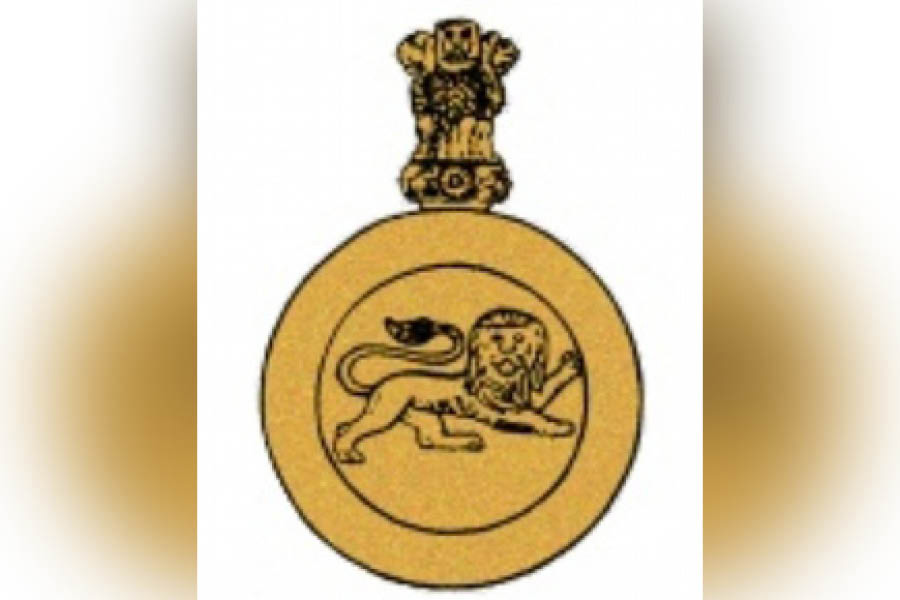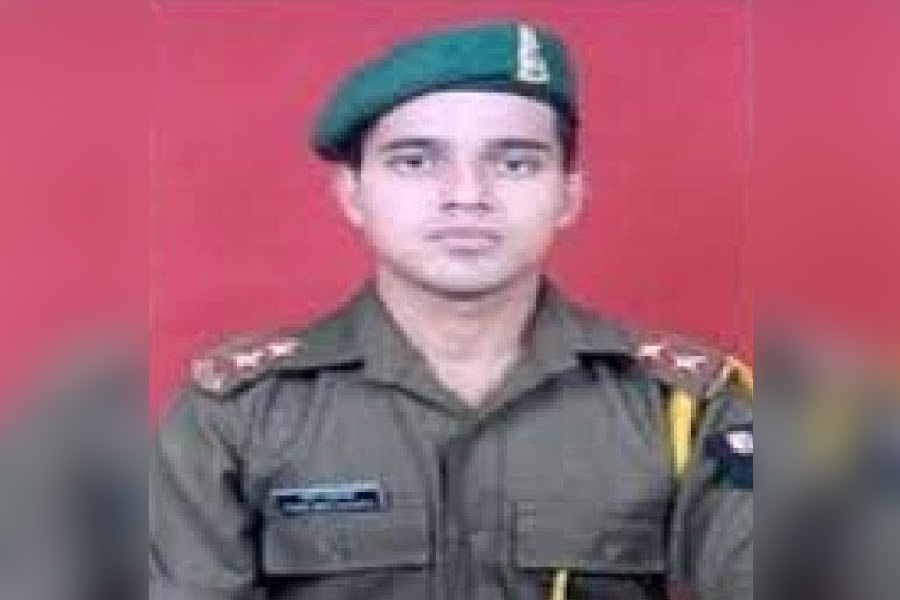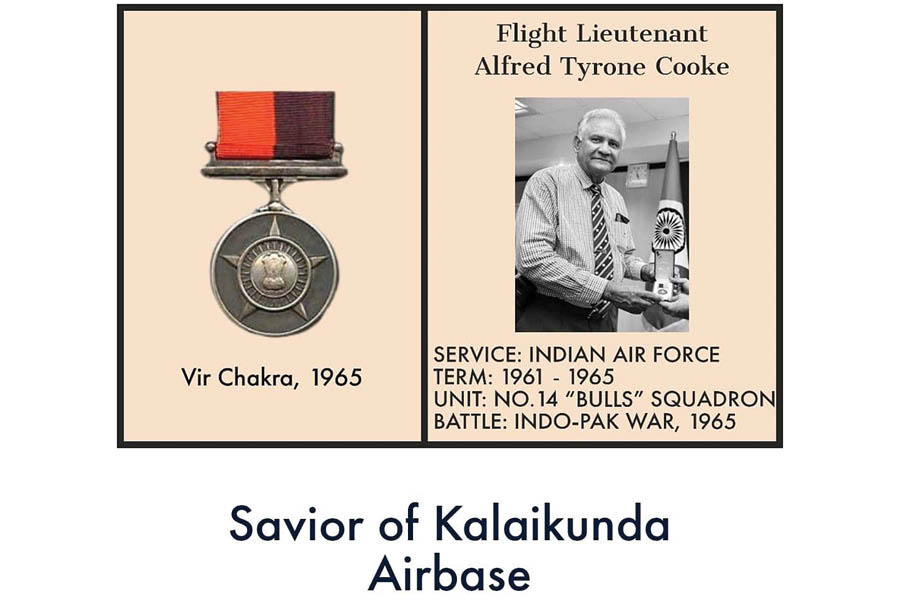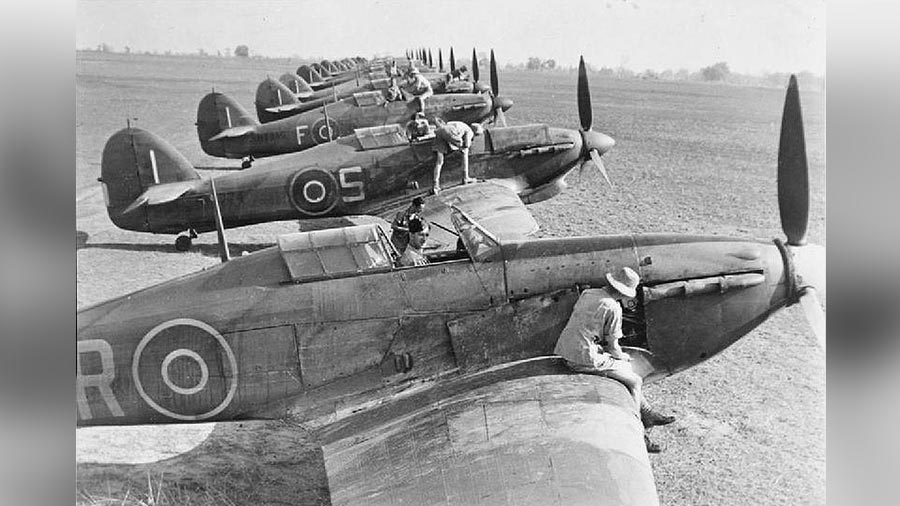This July 26 marks the 25th anniversary of the successful completion of Operation Vijay: the Indian Army’s daring and audacious two-month-long action to evict Pakistani intruders from the imposing, icy heights on the Line of Control (LoC) in Kargil. As with any other military action, numerous stories abound of incredible courage, indomitable human will and heartbreaking losses in the Kargil War also. Today, I take the opportunity to narrate one such story.
The Kargil War was unlike any other fought by the Indian Army till date. To start off, the battles were fought at heights of 15,000-17,000 feet, in extreme cold, rarefied air and often in darkness. In many cases, the Indian forces did not get acclimatisation time and sufficient winter clothing. Moreover, a massive failure of intelligence at multiple levels meant that in the early days, there was no clarity or clear information on the strength and firepower of the enemy.

Pakistani Army’s Northern Light Infantry was entrenched on the Tiger Hill (encircled) heights. Removing them from there was to prove a gargantuan task
The Pakistani invading forces were occupying advantageous heights from where they were raining deadly and accurate fire on the Indians resulting in severe casualties. And with the Indian govt. opting not to cross the LOC, it handicapped the Indian army quite severely. The fact that they were still able to achieve success is a tremendous salute to the Indian Army and its officers and men.
After the scale and severity of the intrusion became clear in early-May, one of the first battalions moved to the theatre of war was the 8th battalion, Sikh Regiment. The present-day Sikh Regiment traces its roots to the 11th Sikh Regiment of the British Indian Army. It is the most highly decorated regiment of the Indian Army and thus, it was not surprising that one of the battalions of the regiment was called up for this arduous task.
The 8th Sikh battalion arrived in Dras on May 15 from Pulwama where it was engaged in counter-terrorism missions. Just two days later, without acclimatisation and sufficient winter clothing, the battalion was launched into the battlefield and by May 18, had secured Points 4295 and 4460. They were then entrusted with capturing one of the most-talked about features of the Kargil conflict – Tiger Hill. With an altitude of 16,600 feet+, Tiger Hill – the highest peak of the area – offered a bird’s-eye view of NH1, the highway connecting Srinagar with Kargil and the main supply line for the latter sector. Pakistani Army’s Northern Light Infantry was entrenched on the heights. Removing them from there was to prove a gargantuan task.
On May 21, the 8th Sikh Regiment was tasked by their brigade headquarters to cut off the western approach to Tiger Hill. While climbing a ridge, the task force was pinned down by heavy fire from the enemy. Sepoy Major Singh, the lead scout of the party, spotted the enemy’s ambush. With no regard for his own safety, Sepoy Singh engaged the enemy, to allow the rest of the party to take the cover of safety. Sepoy Singh’s gallant action saved many lives but his own was lost. In a five-hour firefight that followed, the patrol lost an officer – Lieutenant Kanad Bhattacharya – who hailed from Baranagar on the outskirts of Kolkata – and three jawans were reported missing. The rest of the patrol retreated safely. The bodies of Sepoy Major Singh and Lieutenant Kanad Bhattacharya could not be recovered nor were the missing jawans located.
Over the next few days, the battalion concentrated in firming up their positions on all approaches to the heights in order to cut off the enemy’s supply routes. Between May 25 and 27, a search patrol went out to look for their missing comrades. They found the bodies of the three missing jawans. One of the bodies was lying in an open area, in full view of enemy gun positions. Naik Bahadur Singh showed tremendous dare-devilry as he braved a hail of gunfire and successfully retrieved the mortal remains of a fallen friend. Sadly, while returning, the patrol was shelled heavily and the brave Bahadur Singh was killed, the body of his friend still on his shoulders when he fell. From May 21 to July 3, the 8th Sikh Regiment bravely held on to its positions in those icy heights while continuously facing severe enemy fire.
On the intervening night of July 3-4, a simultaneous attack on Tiger Hill was planned with two battalions – 8th Sikh and 18 Grenadiers regiments. A 52-strong patrol of the 8th Sikh Regiment comprising two officers, four JCOs and 46 jawans set out with the objective of securing an area called India Gate near the Tiger Hill peak on the western approach. The patrol safely reached a point about 300 metres from their objective – a heavily defended Pakistani position. From 1000 hours on July 4 to 2000 hours on July 6 – a 58-hour stretch, the 8th Sikh Regiment patrol fought with unprecedented courage.

The Sikh Regiment battle insignia
At night, temperatures fell several degrees below freezing point. The men had no blankets or sleeping bags, neither had they carried food instead opting to carry extra ammunition. For 58 hours, chocolate bars, water melted from snow and an occasional cup of tea was their only succour. Of the 52 men, three JCOs and 15 jawans died in battle while the two officers, the remaining JCO and 18 jawans were injured. Only 13 were unhurt. At a great cost, the 8th Sikh Regiment captured the India Gate. Their unbelievable valour and determination broke the Pakistani morale and the 18th Grenadiers successfully evacuated the Tiger Hill top.
Their mission was achieved but the battalion’s task was incomplete. The bodies of Sepoy Major Singh and Lieutenant Kanad Bhattacharya – lost on May 21 – had still not been recovered. A platoon had been searching since June 7 with no luck. After their engagement on Tiger Hill was completed, another patrol moved out with the same objective and finally on July 15, the remains of Lieutenant Bhattacharya and Sepoy Singh were located, retrieved and flown out to their respective families.

Lieutenant Kanad Bhattacharya
On July 26, 1999, the brave Sikh battalion was withdrawn. The same day, Prime Minister Atal Vihari Vajpayee announced the successful completion of Operation Vijay and recovery of Indian positions on the LOC.
As you read this piece, do take a moment to remember and thank our armed forces & their families – whose sacrifices keep our sovereignty intact.
Source: A Ridge Too Far – War in the Kargil Heights, 1999, Capt. Amarinder Singh




